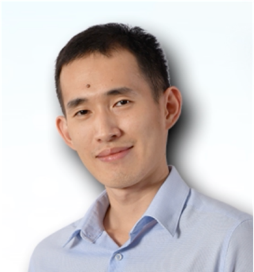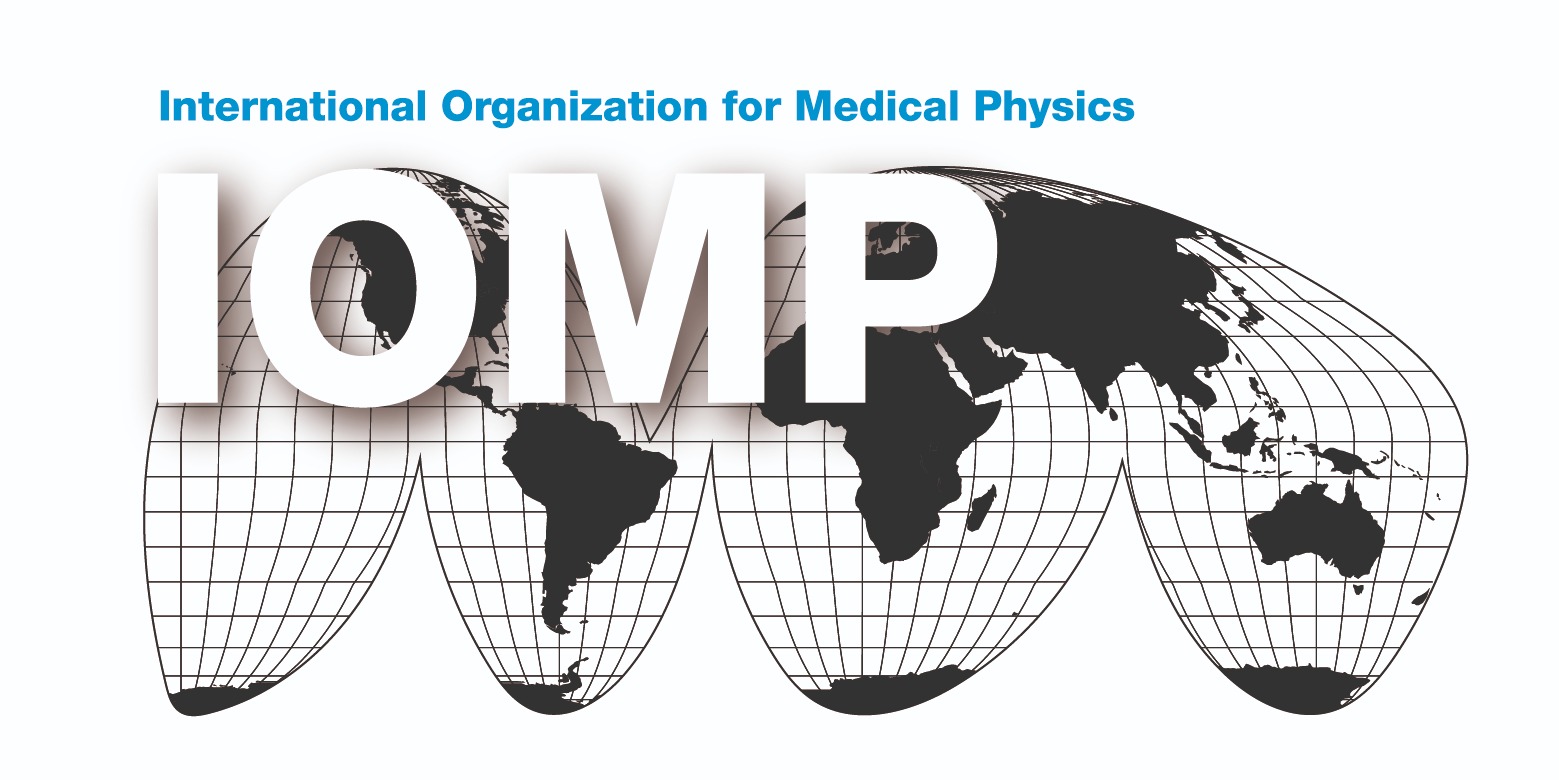
- This event has passed.
IOMP Webinar: IOMP’s Focus: Early Career in Medical Physics and the most recent trends in diagnostic imaging and radiotherapy
December 19, 2023 @ 12:00 - 13:00
19 December 2023 at 12 pm GMT; Duration 1 hour
To check the corresponding time in your country please check this link:
https://greenwichmeantime.com/time-gadgets/time-zone-converter/
Organizer: M Stoeva
Moderator: KH Ng
Speakers: Tan Hong Qi & Choirul Anam, IUPAP Early Career in Medical Physics awardees
Title: Impact of dispersive proton beam on reference dosimetry in a synchrotron spot scanning system

Dr Tan Hong Qi is currently a senior medical physicist in National Cancer Centre of Singapore (NCCS) and is also a clinical instructor in Duke-NUS medical School. He received his PhD from National University of Singapore and completed his residency in NCCS. He is active in both the radiotherapy research and education in Singapore for which he was recognized with institutional level awards and recent SEAFOMP young leader award. His current research interests are the application of AI in radiotherapy, adaptive radiotherapy, and proton therapy.
Abstract:
We have recently commissioned the largest proton therapy center in Singapore and have treated more than 30 patients over the last 4 months after the first clinical start date. This talk will share some of our commissioning experience with Hitachi ProBeat proton therapy which is a spot scanning synchrotron delivery system. In particular, we will report the observation of a large fluctuation in reference dosimetry measurement with a square field and an ion chamber measurement at the plateau region of a monoenergetic proton beam. An investigative journey reveal that the fluctuation originated from the dispersion in the proton beam. This accelerator physics term will be introduced, and we will show for the first time, the feasibility of measuring it in the clinic.
Title: Automated dose and image quality measurements from clinical CT images for CT optimization

Dr. Choirul Anam completed his Ph.D at Physics Department, Bandung Institute of Technology (ITB). He received Master degree from University of Indonesia (UI) and the B.Sc degree in physics from Diponegoro University (UNDIP). He is currently working as a Lecturer and Researcher in the UNDIP. His research interests are medical image processing and dosimetry for diagnostic radiology, particularly in CT. He has authored and co-authored over 200 papers. In the last ten years, he was the first author over 50 papers. One of his papers published in the Journal of Applied Clinical Medical Physics had been awarded as the Best Medical Imaging Physics Article in 2016. He received the Best Paper Award during 15th South East Asian Congress of Medical Physics (SEACOMP). He was also recognised as an Outstanding Reviewer for Physics in Medicine and Biology in 2018 and for Biomedical Physics and Engineering Express in 2019. He was also awarded as the SEAFOMP Young Leader Awards 2019 for his contribution in CT dosimetry and image quality from the South East Asian Federation of Organizations for Medical Physics (SEAFOMP). He is developer of two software, i.e. IndoseCT and IndoQCT (www.indosect.com).
Abstract:
Recent studies revealed that computed tomography (CT) scanning poses a potential cancer risk in patients. Although the risk is considered much smaller than the benefits of CT scanning to accurately diagnose patient abnormalities, the CT examination must be optimized. In radiation optimization, an image of sufficient quality to diagnose the patient must be achieved with the smallest possible dose. Up until now, image quality and radiation dose were usually evaluated using a standard phantom of standardized characteristic. The evaluation of image quality and radiation dose using the standard phantom is very good for assessing dependency on controllable variables, such as tube currents, tube voltage, pitch, reconstruction filter, and beam width. However, they are also influenced by uncontrollable variables, such as body size and body region. For optimization purposes, the controllable and uncontrollable variables must be considered simultaneously. This talk will discuss methods of automated image quality (noise and spatial resolution) and patient dose (i.e. size-specific dose estimate (SSDE)) directly from image of patient.

